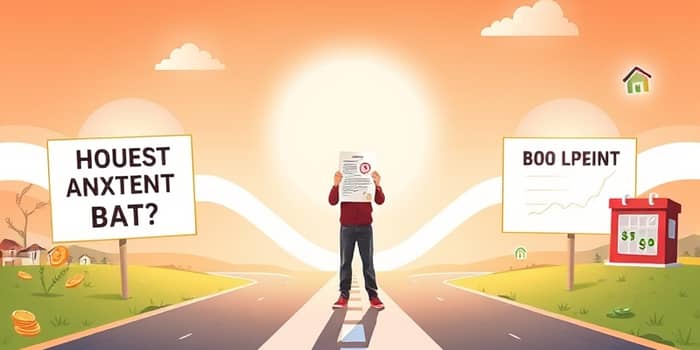
Navigating the complexities of high-interest debt can feel overwhelming, but there’s a powerful strategy that many borrowers overlook: refinancing. By replacing an expensive installment loan with a more favorable option, you can transform a burdensome payment schedule into a manageable path toward long-term financial health. Whether you’re dealing with personal loans, auto loans, or other forms of credit, understanding when and how to refinance can unlock substantial savings.
In this comprehensive guide, we’ll explore the mechanics of refinancing, weigh the key benefits and potential drawbacks, and provide a step-by-step roadmap for securing the best possible terms. You’ll finish equipped with practical tips, a clear decision framework, and an inspirational call to action to take control of your financial future.
Refinancing occurs when you obtain a new loan to pay off existing debt, ideally under more favorable interest rates or terms. This approach applies to various installment loans including personal loans, auto financing, and in some cases, student loans. The ultimate goal is to reduce the cost of borrowing while streamlining repayment.
The process typically unfolds in several stages:
Throughout each step, meticulous attention to fee disclosures and repayment schedules can mean the difference between genuine savings and hidden costs.
When executed thoughtfully, refinancing a high-interest installment loan can deliver several transformative advantages:
Each benefit builds toward greater financial flexibility and the peace of mind that comes from a clear repayment plan.
Refinancing isn’t a universal cure. Borrowers must remain vigilant about these possible downsides:
Weighing these factors against potential savings is crucial. A careful cost-benefit analysis ensures refinancing remains a strategic decision, not a reactive one.
Refinancing tends to yield the greatest rewards under these circumstances:
Identifying the right timing and motivation can transform refinancing from a vague idea into a potent financial tool.
To capture maximum value, approach lenders with a systematic strategy:
1. Check current rates across multiple providers. Personal loan APRs can range from 8% to 36% or higher for riskier profiles.
2. Pre-qualify to view potential terms without affecting your credit score.
3. Evaluate total costs, including origination fees, prepayment penalties, and administrative charges.
4. Confirm full payoff of the existing loan and adjust any autopay settings to the new schedule.
A clear comparison table can make these differences leap off the page:
Seasoned financial advisors recommend:
Prioritize no-fee refinances when possible to keep upfront costs minimal. Some lenders waive origination fees for qualified applicants.
Avoid extending your term solely for short-term relief; instead, aim for a balance between manageable payments and total interest minimization. Always read the fine print to uncover hidden clauses like balloon payments or rate resets.
Consult reputable calculators or enlist a trusted financial coach to model multiple scenarios before committing. A small mistake in assumptions can turn anticipated savings into unexpected expenses.
Refinancing high-interest installment loans represents a strategic opportunity to reclaim control over your finances. With careful research, realistic goal-setting, and attention to fees and terms, you can convert crushing debt into a clear, achievable timeline for becoming interest-free.
By following the step-by-step guidance in this article—understanding the process, evaluating benefits and risks, and comparing offers—you’re poised to make an empowered decision. Embrace this chance to lighten your monthly obligations, accelerate your payoff schedule, and cultivate a more secure financial future.
References













